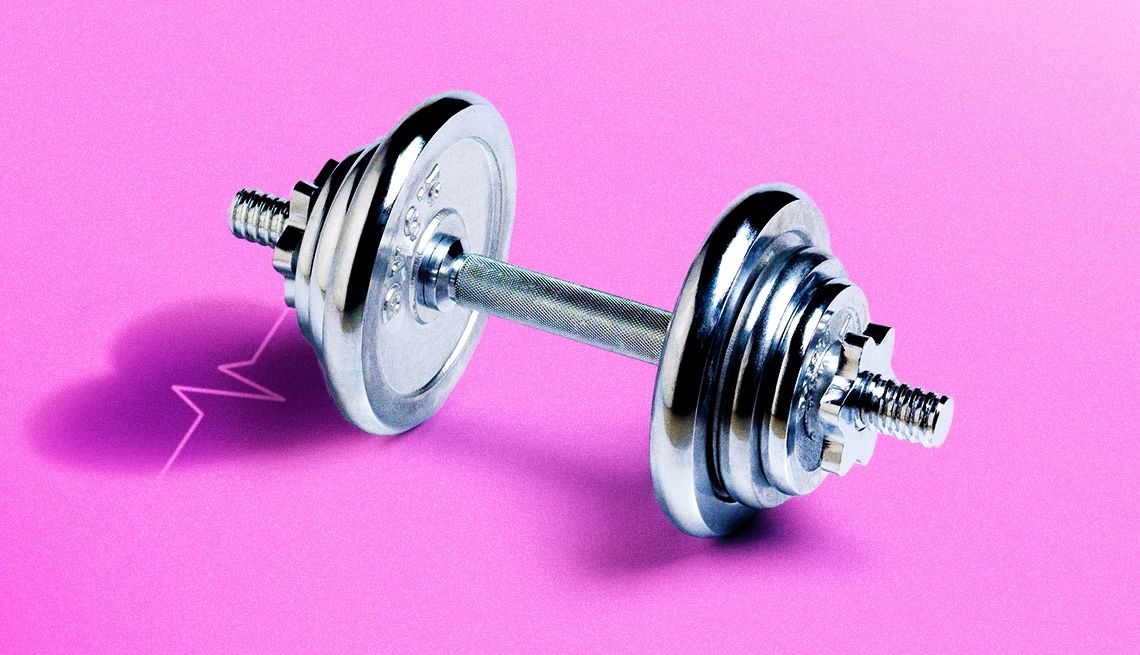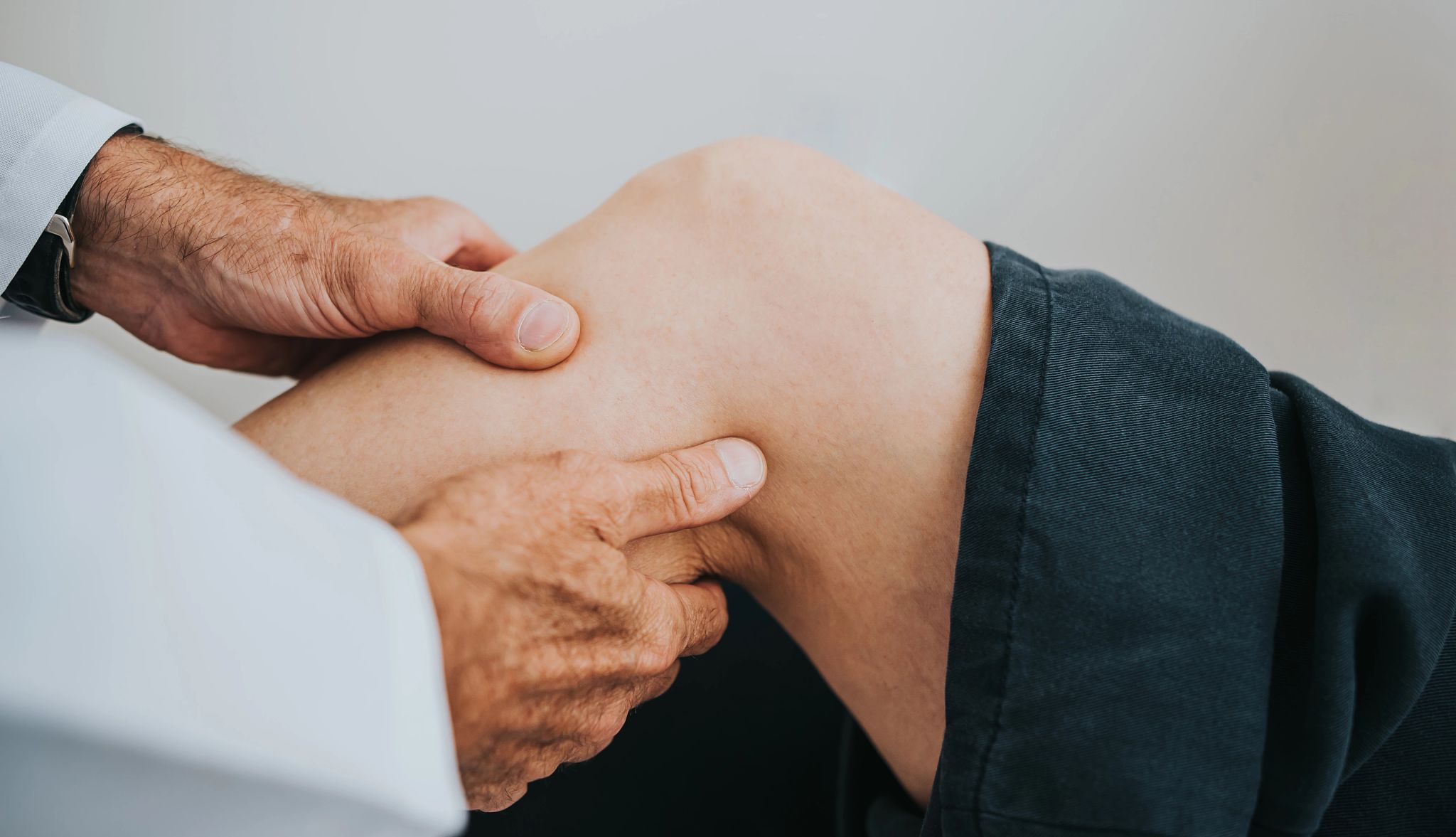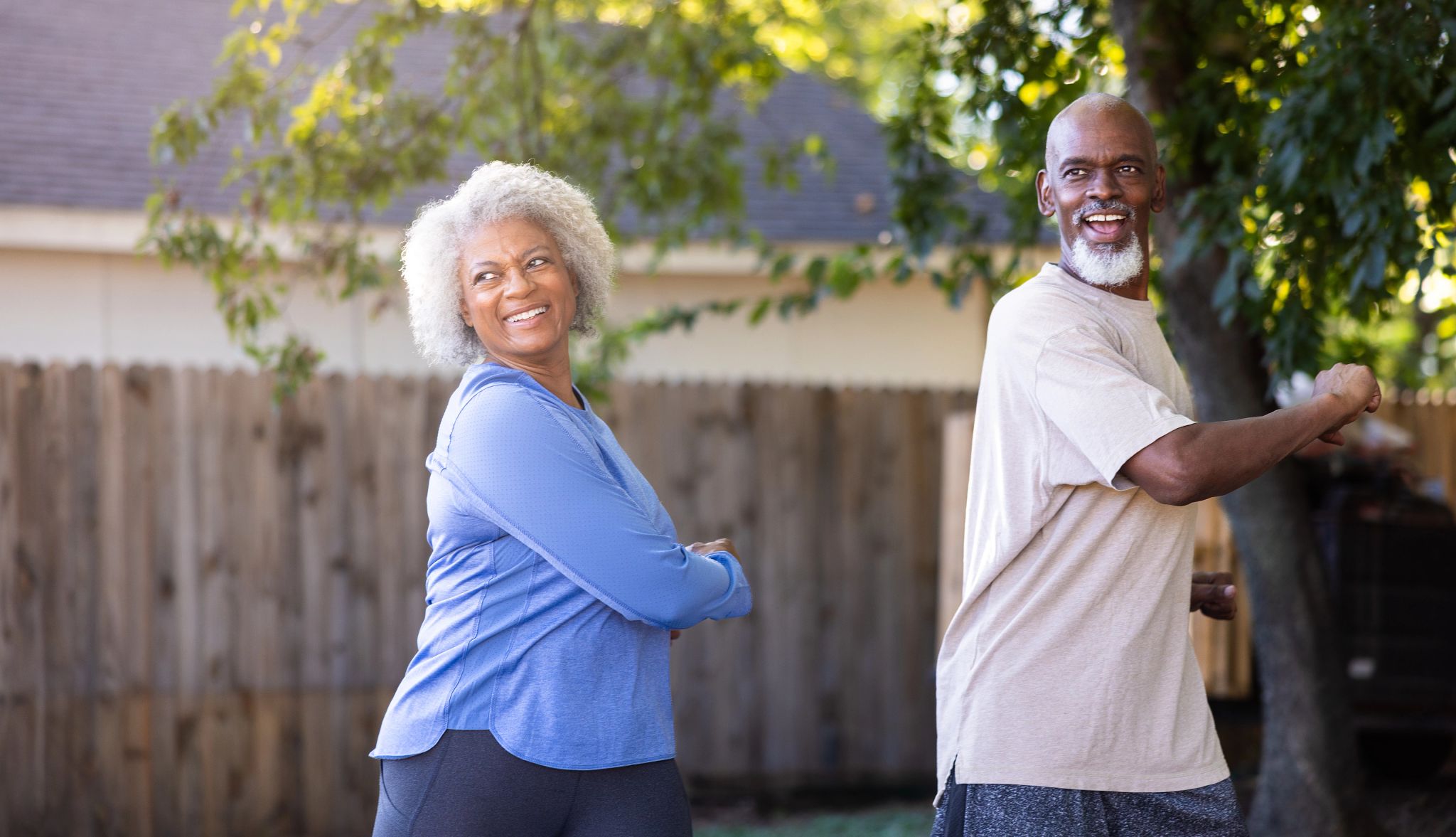AARP Hearing Center


Strength training and muscle mass provide all sorts of health benefits, regardless of your age. But because of sarcopenia — the gradual loss of muscle mass, strength and function due to aging — strength training is especially important for older adults, who typically lose nearly a third of their muscle mass between the ages of 50 and 70.
The good news: While it’s normal to lose existing muscle as you get older, it’s possible at any age to build new muscle to replace it. To find out how, we asked doctors, physical therapists, personal trainers and dietitians to explain why older adults experience muscle loss and to advise them about how they can slow or reverse it.
AGING AND MUSCLE
1. Muscle loss is natural
When it comes to muscle, the human body behaves like a slow-motion roller coaster: It spends years ascending, peaks, then falls precipitously. “The body gradually puts on muscle through your 30s and into your 40s, but from your 40s onward it becomes a lot harder to both maintain existing muscle and put on new muscle,” says Jonathan Packer, M.D., an orthopedic surgeon and sports medicine physician at the University of Maryland Medical Center in Baltimore.
Starting in their 40s, the average person loses approximately 8 percent of their muscle mass every decade, says rehabilitation physician Mooyeon Oh-Park, M.D., chief medical officer and senior vice president at Burke Rehabilitation Hospital in White Plains, New York. “Between ages 40 and 80, you lose almost 40 percent of your muscle,” Oh-Park says. “That’s muscle size, or mass. But muscle’s physiological function is strength, and that unfortunately declines at an even faster speed — almost double that of muscle mass.”
2. Muscle loss is common
If you feel like you’re weaker than you used to be, that’s because you probably are, says Wendy Batts, a regional master instructor for the National Academy of Sports Medicine and assistant professor of exercise science at PennWest California in California, Pennsylvania.
3. Weight gain can amplify the risks of muscle loss
Most Americans are at their heaviest by the time they reach middle age, according to the National Institutes of Health (NIH), which says the average adult in the U.S. gains 30 pounds from age 20 to age 50. In fact, obesity rates are highest among adults ages 40 to 59, 46.4 percent of whom are obese, according to the U.S. Centers for Disease Control and Prevention (CDC). (With an obesity rate of 38.9 percent, adults 60 and over don’t fare much better.)
“When we’re older, we tend to be more sedentary, so the weight we gain starts being more and more fat and less and less muscle,” says Atul Patel, M.D., a physical medicine and rehabilitation physician at Kansas City Bone & Joint Clinic in Overland Park, Kansas, and treasurer of the American Academy of Physical Medicine and Rehabilitation. The combination of less muscle and more weight can worsen the negative health impacts of obesity.
4. Muscle loss can lead to fatal falls
Falls are the leading cause of death among adults 65 and older, according to the CDC, which says 3 million older adults visit emergency rooms each year because of falls. Researchers say muscle weakness plays a major role in fall risk.
“There are so many older adults who cannot even get out of a chair without using their hands, and that in and of itself is a fall risk. That signals that their legs are no longer strong enough to get them up,” says physical therapist Jennifer Nash, an associate professor of physical therapy at the University of Nevada, Las Vegas, and a certified exercise expert in aging adults. “A lot of older adults … never go back home after that hip fracture or blow to the head. So strength and balance are really important.”


MEDICAL ISSUES AND MUSCLE LOSS
5. Keep moving
While it’s critical to grow and maintain muscle as you age, many older adults have conditions that make exercise in general — and strength training in particular — more difficult. That’s why it’s important to consult a doctor, physical therapist or certified fitness professional before you begin an exercise program, Oh-Park notes.
“(Older adults) may have arthritis, for example, or they may have tendonitis,” she says. However, having a condition like arthritis doesn’t mean you can’t build strength. It means you might have to do it differently. “Movement of any kind … would help build strength and mobility versus doing nothing at all,” Batts says.
George LeBus, M.D., an orthopedic shoulder, knee and sports medicine surgeon with Texas Orthopaedic Associates, OrthoLonestar, in Fort Worth, Texas, echos this: “Movement and therapeutic exercise are some of the best treatments for arthritis. We commonly see patients who attribute their inability to exercise due to arthritis; however, exercise is one of the most evidence-based treatments.”
6. Strong muscles make strong joints
While some health conditions make strength training more difficult, osteoporosis is one that can benefit from it. “Osteoporosis, characterized by weakened and brittle bones, increases the risk of fractures,” Batts says. “Older adults with osteoporosis may need to avoid high-impact exercises and focus on low-impact activities that promote bone and muscle health without increasing the risk of injury. Weight-bearing exercises are good for individuals with this condition and can help prevent instances where falls and fractures are a concern.”
Muscle health and joint health are closely related. “For example, one of the primary causes of knee pain at all ages is weakness in the hips, the core and the quads. Because when your muscles are weak, it puts more stress on the joints,” Packer says.
7. Chronic diseases can accelerate muscle loss
When you have a chronic disease, you might lose even more muscle at an even faster rate. “Some medical conditions — having a baseline like diabetes or heart disease, for example — can make you lose muscle mass in an accelerated manner,” Oh-Park says. Among the many conditions that can cause muscle loss or muscle weakness are hormonal diseases like Addison’s disease and hypothyroidism; neurological conditions like multiple sclerosis and amyotrophic lateral sclerosis (ALS); kidney disease; infections like flu, Lyme disease and meningitis; and cancer.
8. Strength fades during hospital stays
Extended hospital stays can be disastrous for muscle health. In a 2024 issue of the journal Geriatric Nursing, for example, researchers reported a 2 to 5 percent decline in muscle mass per day among hospital patients on bed rest. Immobile older adults can lose up to 10 percent of their muscle mass during a seven-day hospital stay, and reduced muscle mass can cause up to a 40 percent reduction in muscle strength, they added. “If you’re going to be in the hospital for any reason, I would make an effort to try to get up as much as possible — as long as you’re cleared by the medical staff and can do so safely,” Packer says.







































































You Might Also Like
32 Ways to Improve Your Bone Health
How to strengthen your bone density
Yoga Poses to Fight Osteoporosis
Build bone mass with these five easy moves
6 Moves to Keep You Fit This Winter
Try these to stay strong and healthy in the colder months